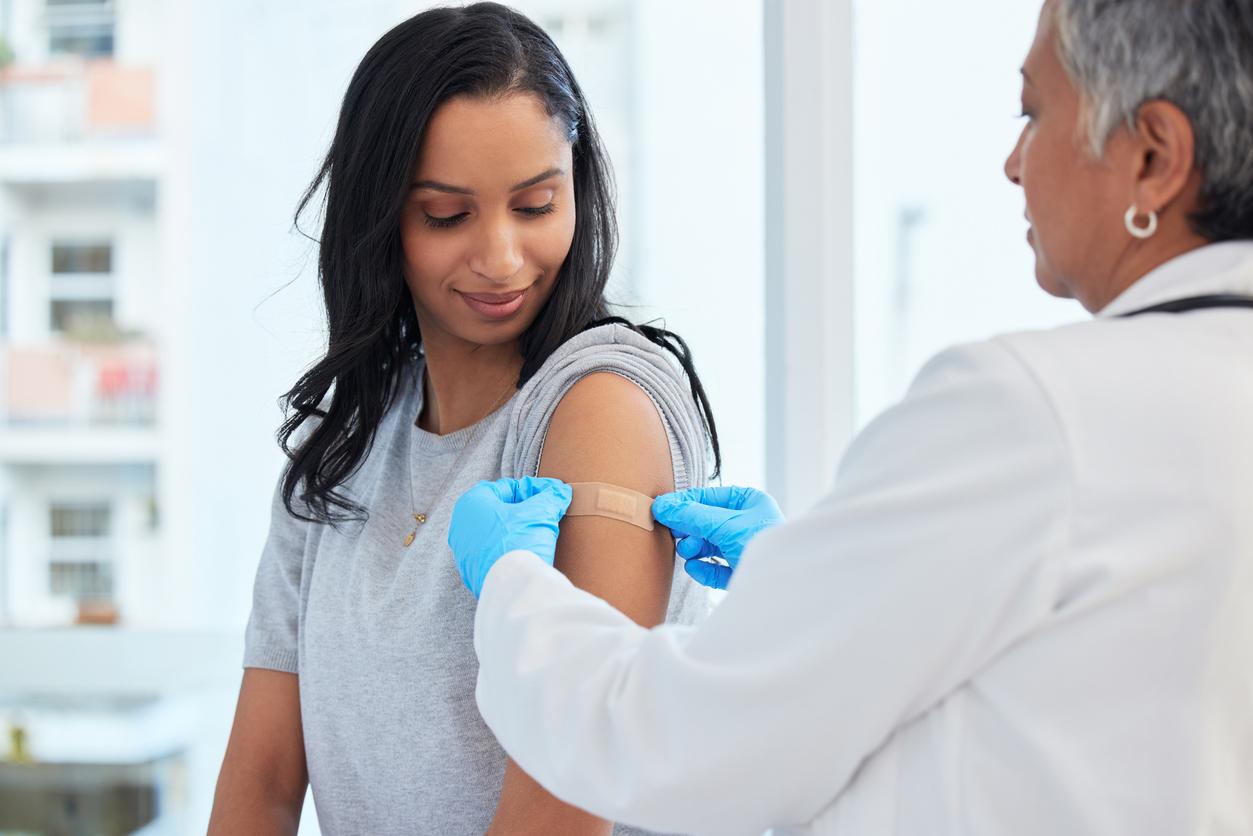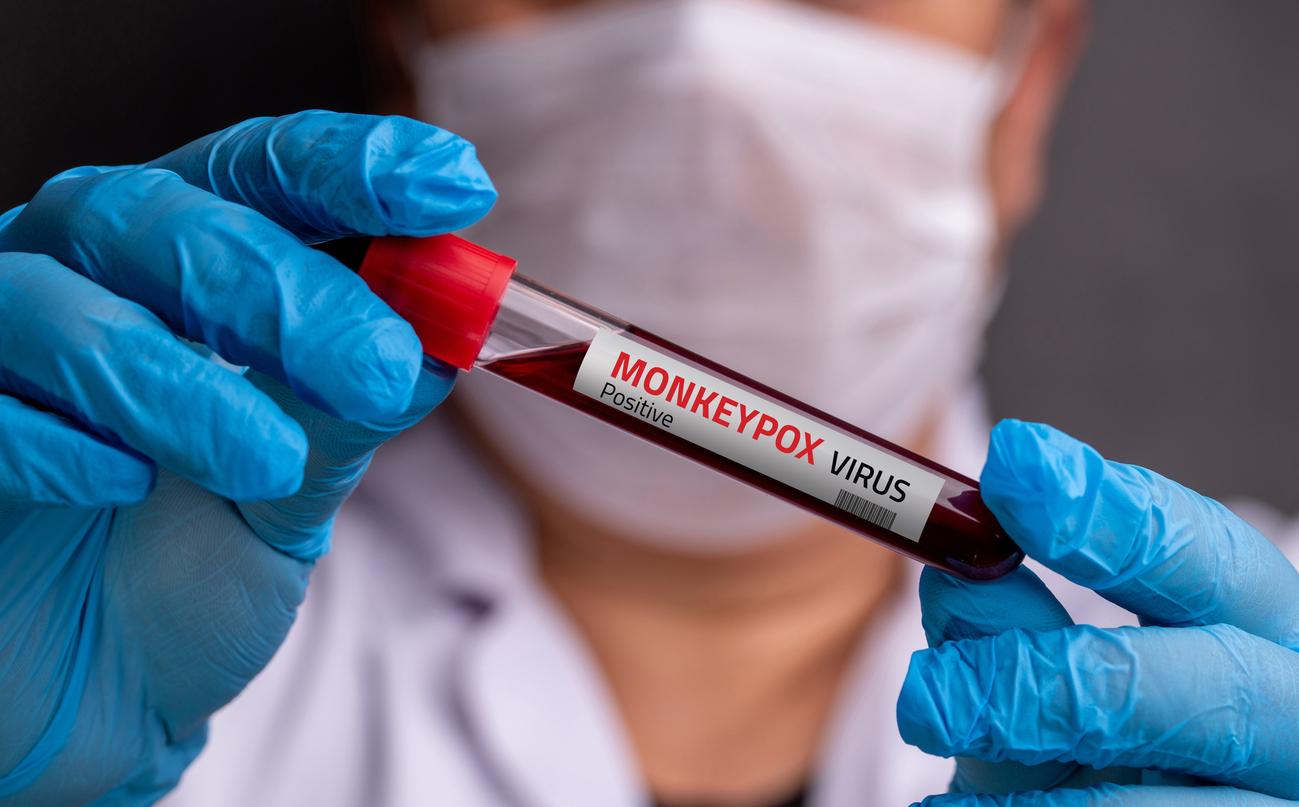These mites can transmit various pathologies, including Lyme disease.

- Only tick bites can transmit Lyme disease.
- A person already infected with Lyme disease can be infected again with Borrelia bacteria.
- In 2019, over 50,000 cases of Lyme disease were reported. The eastern and central regions of France are more affected.
A tick measures between 1 and 3 mm, but beware of this tiny mite. When it bites us, it can transmit viruses, germs or bacteria. The tick can carry the bacteria Borrelia, responsible for Lyme disease, and it can also transmit bacteria responsible for encephalitis or hemorrhagic fevers. In the event of a bite, it is necessary to react quickly and methodically.
The removal of the tick: to be done as soon as possible!
When you return from a walk or hike, you must carefully inspect your body, even the areas that are less accessible in principle, such as the armpits, the navel or the scalp. This examination must be repeated the day after the walk, because any ticks will have engorged with blood and will be more visible.
In the event of a bite, the mite must be removed as quickly as possible, but not just anyhow: you need a tick puller, a small tool sold in pharmacies. At first, you have to slide the tick remover under the mite, staying as close as possible to the skin, then you have to pull slightly by turning the tool. By doing so, you reduce the risk of “to break” the tick, that is to say, to leave its head under the skin.
After removal, disinfect your skin. I’Health Insurance advise against applying ether or any other product to the tick before removing it, as this may cause them to vomit. However, they carry the bacteria in their saliva.
Areas to watch
After the removal of ticks, vigilance remains in place for thirty days. It is possible that you will have a small red patch and itching after the bite, these are nothing to worry about.
On the other hand, if an inflammatory red plaque, also called erythema migrans, forms, it is necessary to consult immediately because it is a symptom of Lyme disease: generally, this reaction takes the form of a red circle which draw around the bite. If it does not appear but you have pain, fever or unusual fatigue, you should also seek medical advice. “It is not recommended to do a self-test available over the counter“, specifies the health insurance.
People more at risk
Some people will not have to wait for the arrival of red patches to consult, but go immediately to their doctor. Pregnant women, children under 8, immunocompromised people are at risk and should seek medical advice quickly. If the tick has remained on your skin for more than 36 hours, it is also necessary to see a doctor.
How to avoid bites?
To avoid this, it is better to take precautions before a walk in the forest. In your backpack, plan a tick remover and disinfectant to react as quickly as possible in the event of a bite. You must also cover yourself as much as possible with long, light-coloured clothing, closed shoes and a hat. It is also possible to use repellents to apply directly to the skin or on clothing.

.















